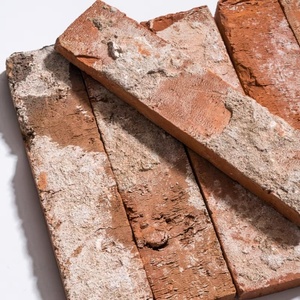(621 उत्पाद उपलब्ध हैं)













































































































































































गुणवत्ता के लिए खरीदारी करें। अपने परिसर के लिए पुरानी सफेद ईंट की पूरी रेंज। पुरानी सफेद ईंट प्रकार यहां हर निर्माण उद्देश्य के लिए उपलब्ध हैं। अपनी आवश्यकताओं में फिट होने के लिए ऑनलाइन कैटलॉग से सटीक डिज़ाइन और शैली चुनें। कुछ के। यहां दिए गए पुरानी सफेद ईंट आग और / या एसिड के प्रति बेहद टिकाऊ हैं। अपनी बिल्डिंग आवश्यकताओं के आधार पर इन उत्पादों के आयाम का चयन करें।
क्या आप जानते हैं। पुरानी सफेद ईंट आपके गुणों के लिए एक मजबूत नींव रखने के लिए आवश्यक मूलभूत तत्वों में से एक है? इसलिए, उन्हें चुनने के लिए यह सुनिश्चित करने के लिए विशेषज्ञता और ज्ञान की बहुत आवश्यकता होती है कि वे इष्टतम गुणवत्ता के हैं। अपने घरों और व्यवसायों का निर्माण करने की चाहत रखने वाले लोगों के लिए, विभिन्न प्रकार की पेशकश करता है। पुरानी सफेद ईंट उनके स्वाद और जरूरतों के अनुरूप है। पुनः प्राप्त खरीदें। पुरानी सफेद ईंट अगर आपकी ज़रूरत है और इच्छा है - चूंकि वे नए लोगों की तुलना में सस्ते हैं।
खोजें। पुरानी सफेद ईंट जो आपके सटीक निर्माण उद्देश्यों को पूरा करता है और स्थायित्व बनाम सौंदर्यशास्त्र के बीच मैच से चयन करता है। ये आइटम आपके स्वाद के साथ सिंक करने के लिए विभिन्न रंगों में उपलब्ध हैं। द। पुरानी सफेद ईंट यहां बेचे जाने का मतलब प्रॉपर्टी डीलरों के साथ-साथ निजी घर बनाने वालों से भी है। यहां के विक्रेताओं को इस व्यापार में व्यापक अनुभव है और वे उच्च गुणवत्ता वाले उत्पादों की पेशकश करते हैं। हीट-इंसुलेंट, नॉन-स्लिप, एंटी-बैक्टीरियल किस्मों को खरीदें। प्रतिष्ठित कंपनियों से पुरानी सफेद ईंट
की व्यापक श्रेणी का अन्वेषण करें। पुरानी सफेद ईंट में उपलब्ध है। यदि आप इस उत्पाद को चुनने और चुनने के लिए एक आसान तरीका खोज रहे हैं, साथ ही साथ सुरक्षित रूप से भुगतान करते हैं, तो आप सही जगह पर हैं .. पुरानी सफेद ईंट आपूर्तिकर्ता और थोक व्यापारी इस तरह से इस उद्घाटन का उपयोग कर सकते हैं अपने व्यापार कनेक्शन बढ़ाने के लिए, अपने आपूर्ति आधार को चौड़ा करें, और रियायती दरों पर वस्तुओं पर स्टॉक करें।